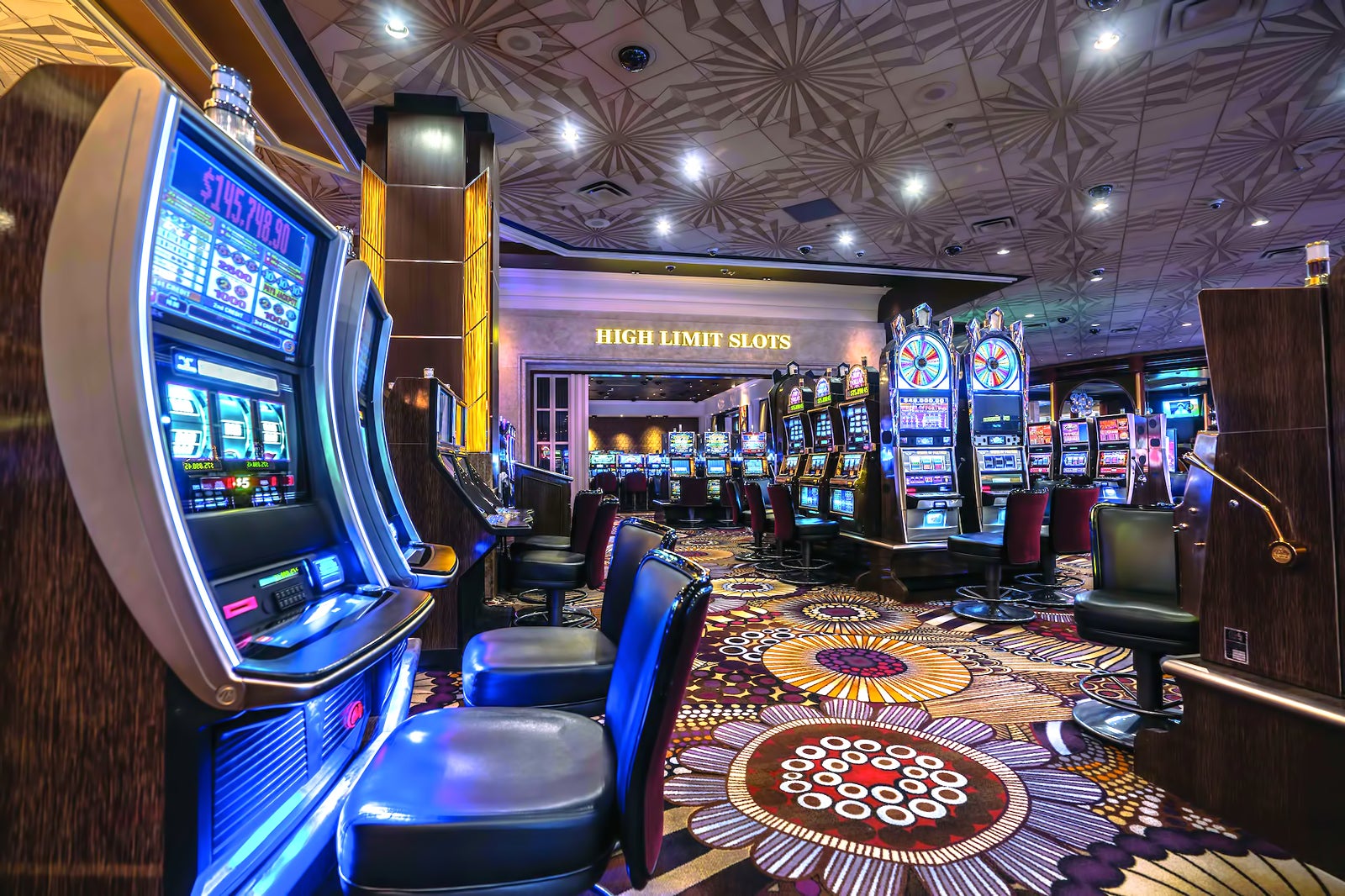
In the lively and stimulating world of casinos, where fortune and strategy intertwine, hues and aesthetic play a critical role in drawing in players. As soon as players step into a casino or log into a gaming platform, they are immersed in a sightly feast that captures their attention and entices them to discover more. Bright colors, captivating graphics, and creative layouts are meticulously crafted to create an environment of thrill and anticipation, ultimately improving the gaming experience.
While gamblers move through the ever-changing landscape of casino games, they encounter a range of designs that not only serve aesthetic purposes but also influence feelings and decision-making. bakar69 slot Colors like scarlet and yellow symbolize riches and fortune, while soothing blues and emeralds can create a much tranquil environment. Understanding how these elements work together enables casinos to create an inviting and energizing atmosphere that encourages players to interact with the games, spend additional time at the tables, and increase their general enjoyment.
The Study of Color in Casino Games
Color plays a key role in the development of gambling games, influencing players’ feelings and responses. Vivid and striking shades, such as red and gold, are often used to stimulate thrill and draw focus. These colors create a sense of pressure and vitality, encouraging players to engage more readily with the activity. By strategically selecting tints, creators aim to inspire feelings of satisfaction and expectation, which can enhance the overall game experience.
Distinct hues also have psychological connotations that can impact how participants perceive their chances of success. For case, lime is commonly associated with good fortune and abundance, making it a frequent choice in games like roulette and poker games. This link can lead players to feel more hopeful and self-assured in their play, ultimately encouraging them to stake more. Grasping these links allows game creators to craft environments that enhance player happiness and retention.
In addition, the layout of gambling game interfaces often utilizes color gradients and contrasting colors to instruct players’ responses. For instance, successful combinations may be accentuated with striking, differing hues, creating a visual incentive. This method strengthens favorable outcomes and encourages repeated engagement. By leveraging the psychology of color, gambling establishments can create games that not only draw players but also hold them interested and committed in their game experience.
Creative Elements that Engage Gamers
The visual appeal of gambling games is largely influenced by the use of bold colors. Lively and striking colors are strategically chosen to create an appealing atmosphere that captures attention. For example, reds and golds often signify good fortune and prosperity, which is why they are common in the palettes of slot machines and game surfaces. These colors not only attract players in, but they also stir emotions associated with excitement and expectation, enhancing the overall gaming experience.
In addition to color, the design and organization of gambling games play a significant role in player attraction. Games are designed to be user-friendly, ensuring that players can easily understand the guidelines and mechanics. User-friendly interfaces, along with engaging graphics and motion, help maintain gamer interest and encourage longer play sessions. The physical elements, such as the texture of the buttons and the audio of the games, also add to a comprehensive sensory experience that keeps players immersed.
In conclusion, conceptual elements in game design can greatly influence player choice. Many gambling games are inspired by popular culture, fairy tales, or exploration motifs, featuring symbols and characters that resonate with players. These themes create a sense of engagement and relatability, making each game feel distinct. When players feel a bond to the theme, they are more likely to choose that game over others, leading to higher participation and excitement within the casino environment.
Case Studies: Successful Casino Table Game Designs
One noteworthy example of effective gambling game design is the popular slot machine series based around blockbuster movies. Games such as those based on the The Wizard of Oz and Game of Thrones utilize dynamic colors and superior graphics to enthrall players in well-known narratives. The use of dynamic visuals and entertaining sound effects grabs the focus of players, creating an affective connection to the theme. This strategy not only fosters longer play but also boosts the overall gaming experience, yielding increased player retention.
Another effective case is the application of color in table games like 21 and the wheel. Casinos often design these games with rich reds and greens, colors traditionally associated with luck and wealth. For instance, the emerald felt on a 21 table provides a relaxing effect, while the crimson accents in roulette invite thrill. This thoughtful use of color helps to create an inviting atmosphere that motivates players to join in, fulfilling their psychological impulses and increasing their enjoyment.
Finally, social casino games that incorporate community features and vivid, lively designs have experienced remarkable success in engaging players. Games like Zynga Poker and Slot-O-Mania leverage bright colors and playful animations to establish an inviting online environment. The integration of leaderboards, community sharing options, and in-game rewards encourages competition and community, drawing players in for longer sessions. Such designs not just make the games visually enticing but also highlight social interaction, a vital factor in player retention and engagement within digital casino environments.